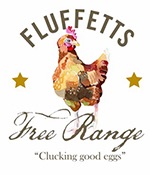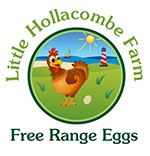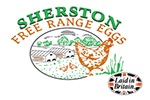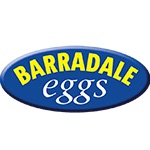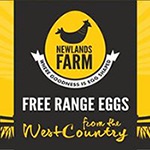Defra has organised a Farm Animal Genetic Resources report every year for some time, but this is the first year they have included poultry.
Laudable though this is, it is woefully inadequate.
They give a list of 46 chicken breeds, of which 24 are said to be “native” to the UK. The list is made up of breeding females and males and rearing pullets in December.
The Dorking is given as the most numerical native breed, with 307 breeding females, 82 breeding males and 280 pullets in 51 different flocks throughout the UK.
A “native” breed is identified as one which has been bred in the UK for 40 years, or 6 generations, whichever is the longest.
This allows them to classify the Australorp (origin Australia) the North Holland Blue (origin self-explanatory) the Croad Langsham (Asia) and Sicilian Buttercup (S. Italy) as native, a classification many would disagree with.
On the other hand, they fail to mention the Orpington (truly active), the Sussex (also clearly UK), the Leghorn or the Plymouth Rock, or the Rhode Island Red or Wyandotte. Serious omissions when trying to assess national reservoirs.
Also, in spite of including the Scots Dumpy, the Scots Grey is not mentioned.
The report is compiled under obligation under the 2011 England Biodiversity Strategy, UN FAO Global Plan of Action, UN Convention on Biological Diversity, input to the European Farm Animal Biodiversity Information System (EFABIS) and the FAO Global Information System (DAD -IS).
With such demand, the work should be complete and accurate.
Active preservation by governments of poultry stocks is already in place in Poland, Romania, Hungary, Russia, Sweden, Iceland, Spain, France, Canada and the Czech Republic.
A very large collection of chicken stocks in Australia (Parafield Poultry Research Centre) has now been dispersed.
Unfortunately, many of the unique research stocks have been eliminated.
The entire research collections, as well as specific lines, are in imperilled status.
Local breeds make up most of the world’s genetic diversity, in some countries representing 95% of the total poultry population.
52% of avian breeds are in Europe and the Caucasus, 25% in Asia, 9% in Africa, 8% Latin America and less than 2% in N. America.
There were hundreds of small, but commercial, breeders in the UK in the 1960s, but, by 1980, this had shrunk to 12 layer breeding companies and 13 broiler breeding companies.
By 2001, 9 more breeding companies had been acquired by 3 holding companies and by 2006, all were owned by 2.
It is feared by scientists, that these companies will only keep the lines that they see are useful to them currently, the rest being discarded, gone forever.
Many chicken diseases and qualities are already giving clues to similar conditions in humans. Disease resistance in some breeds is valuable.
In the past 15 years, some 238 avian genetic stocks have been lost, 75% of them chickens and another 36% are at risk. We can’t afford to lose these potentially valuable resources, so more accurate accounts must be kept, before it is too late!
The most complete record of avian genetic codes and breeds with locations of stock is the 1988 International Registry of Poultry Genetic Stocks, by Ralph Somes of the University of Connecticut. It lists 217 specialised lines and strains of chickens globally, amongst 601 total breeds and varieties.
The work contains the most valuable chromosome linkage map for the chicken.
This work desperately needs updating.

